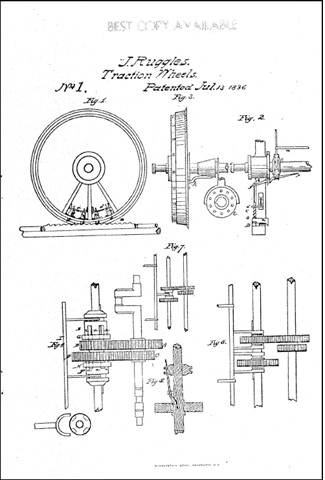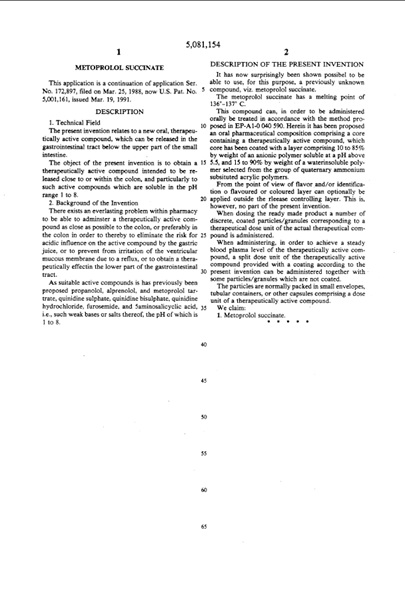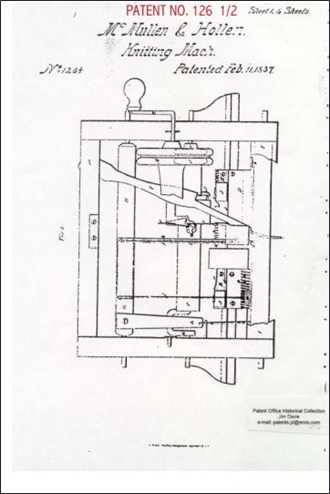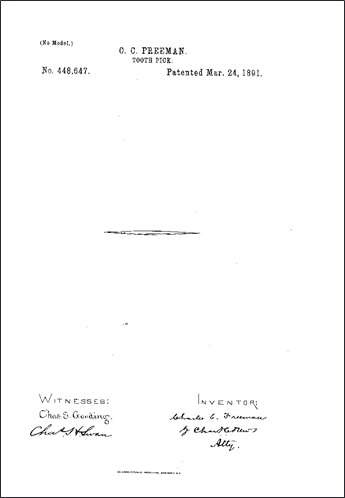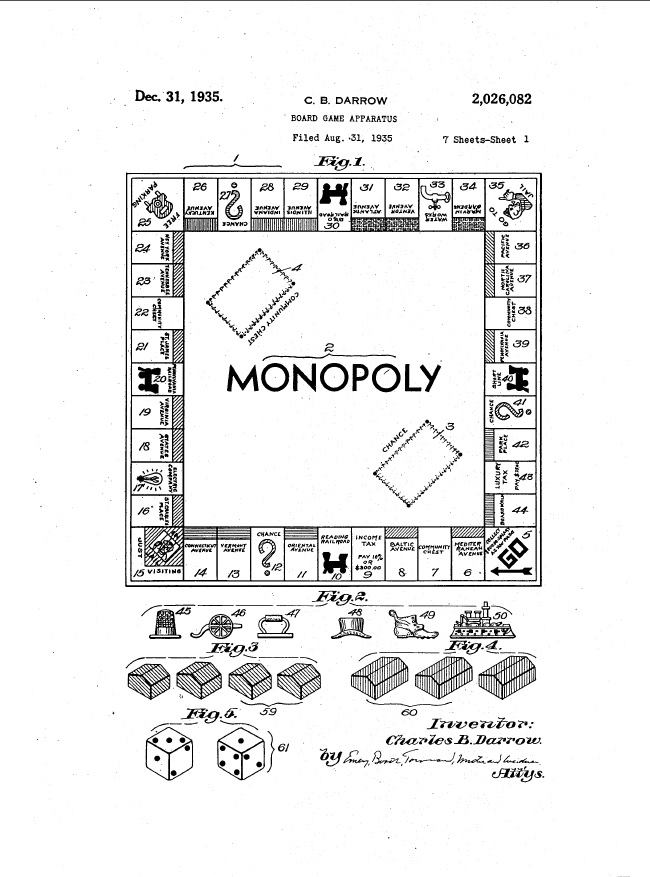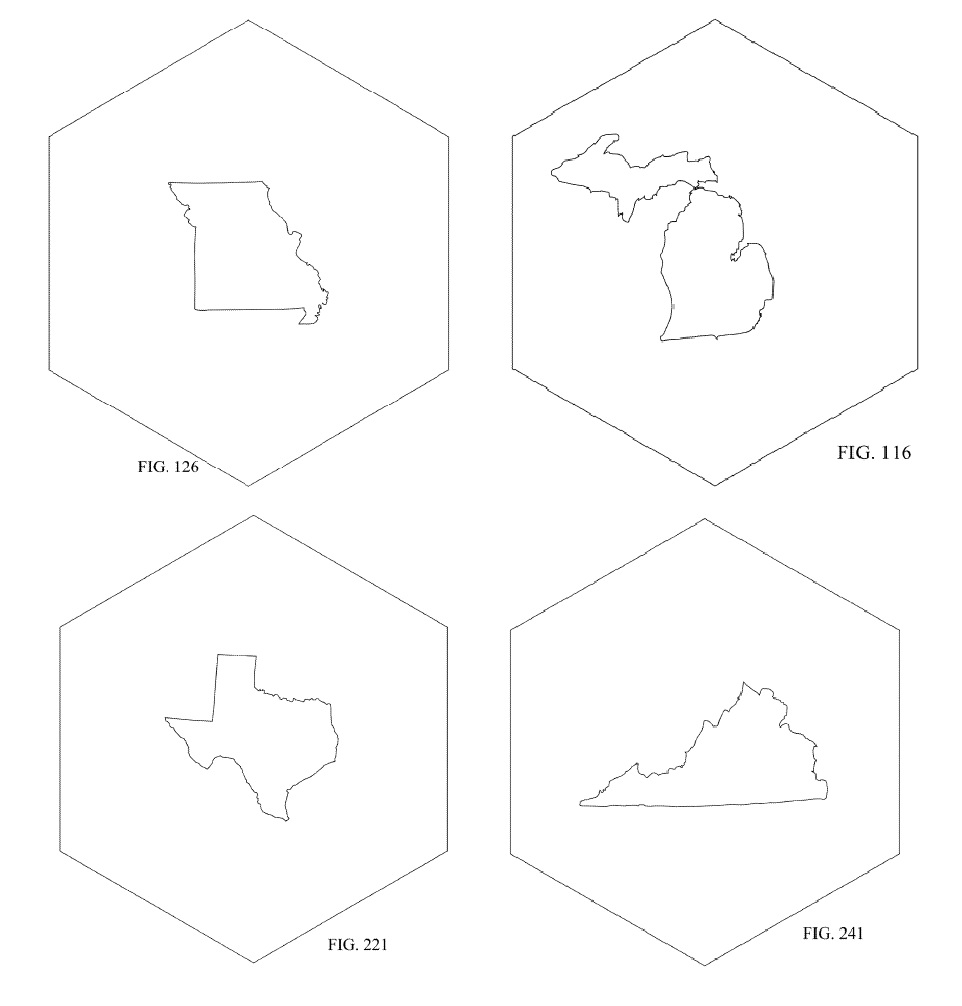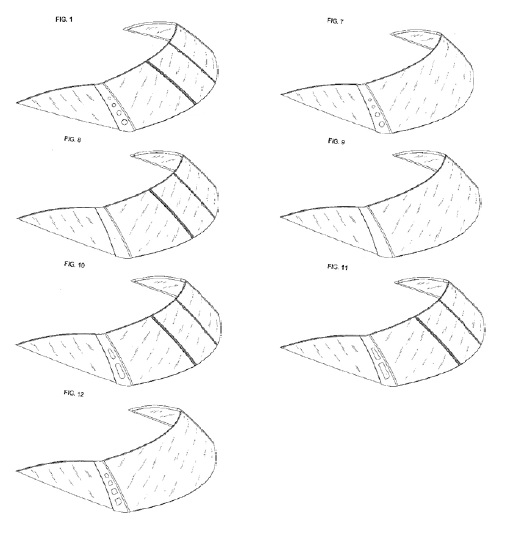In Supernus Pharmaceuticals, Inc., v. Iancu, [2017-1357] (January 23, 2019), the Federal Circuit reversed summary judgment for the USPTO because the denial of patent term adjustment in this case went beyond the period during which the applicant failed to undertake reasonable efforts and thereby exceeded the limitations set by the patent term adjustment statute.
On February 22, 2011, Supernus filed an RCE in response to a final rejection. On September 11, 2012, Supernus received a letter from its European patent counsel disclosing the EPO notification of an opposition against a European counterpart application on August 21, 2012. Seventy-nine days later, or 100 days from the EPO notification of the Opposition,
on November 29, 2012, Supernus submitted a supplemental IDS.
On September 10, 2013, the USPTO issued a first Office Action responding to Supernus’s RCE. On January 10, 2014, Supernus filed a response. On February 4, 2014, the USPTO issued a Notice of Allowance. On June
10, 2014, U.S. Patent No. 8,747,897 issued, reflecting a PTA of 1,260 days (2146 PTO delay days less 886 applicant delay days). 646 of the applicant delay days were for the period between the filing of the RCE and the filing of the supplemental IDS, although as Supernus pointed out, it could not file the supplemental IDS until the filing of the Opposition.
The USPTO stood by its interpretation of the PTA statute and corresponding regulations, bolstered by Gilead Sciences, Inc. v. Lee, denying Supernus request for consideration, and the district court affirmed the USPTO granting summary judgment. However, the Federal Circuit found Gilead was distinguishable because it involved a period of time where Gilead could have filed an IDS but did not. In the instant case, Supernus could not have disclosed the Opposition that was the subject matter of the supplemental IDS until the opposition had actually occurred.
The Federal Circuit said that any reduction to PTA shall be “equal to the
period of time during which the applicant fail[s] to engage in reasonable efforts to conclude prosecution of the application” citing 35 U.S.C. § 154(b)(2)(C)(i). The Federal Circuit said that the USPTO would exceed its statutory authority if it reduced PTA for longer than the time period during which the applicant failed engage in reasonable efforts to conclude prosecution of the application.
Supernus had conceded the 100 days delay in filing filing the supplemental IDS, but as to the remaining 546 days, these could not properly be attributed to applicant delay because they were before the event that precipitated the need to file the supplemental IDS.
Because Gilead involved different facts and a different legal question, Gilead was not controlling, and the district court erred in granting summary judgment, and because the proper framework for determining PTA was clear from the statute, the Federal Circuit reversed the grant of summary judgment.
While applicants must act diligently to preserve PTA, the statute does not permit the USPTO to take away PTA for periods of time where applicant could not take action. Gilead Sciences, Inc. v. Lee allows the USPTO to reduce PTA without having to prove that applicant inaction cause a delay, but there still has to be applicant inaction for a reduction in PTA.
It is disheartening that the USPTO always seems to be on the opposite side of applicants in PTA disputes, never seeming to give applicants (its customers) a break.


